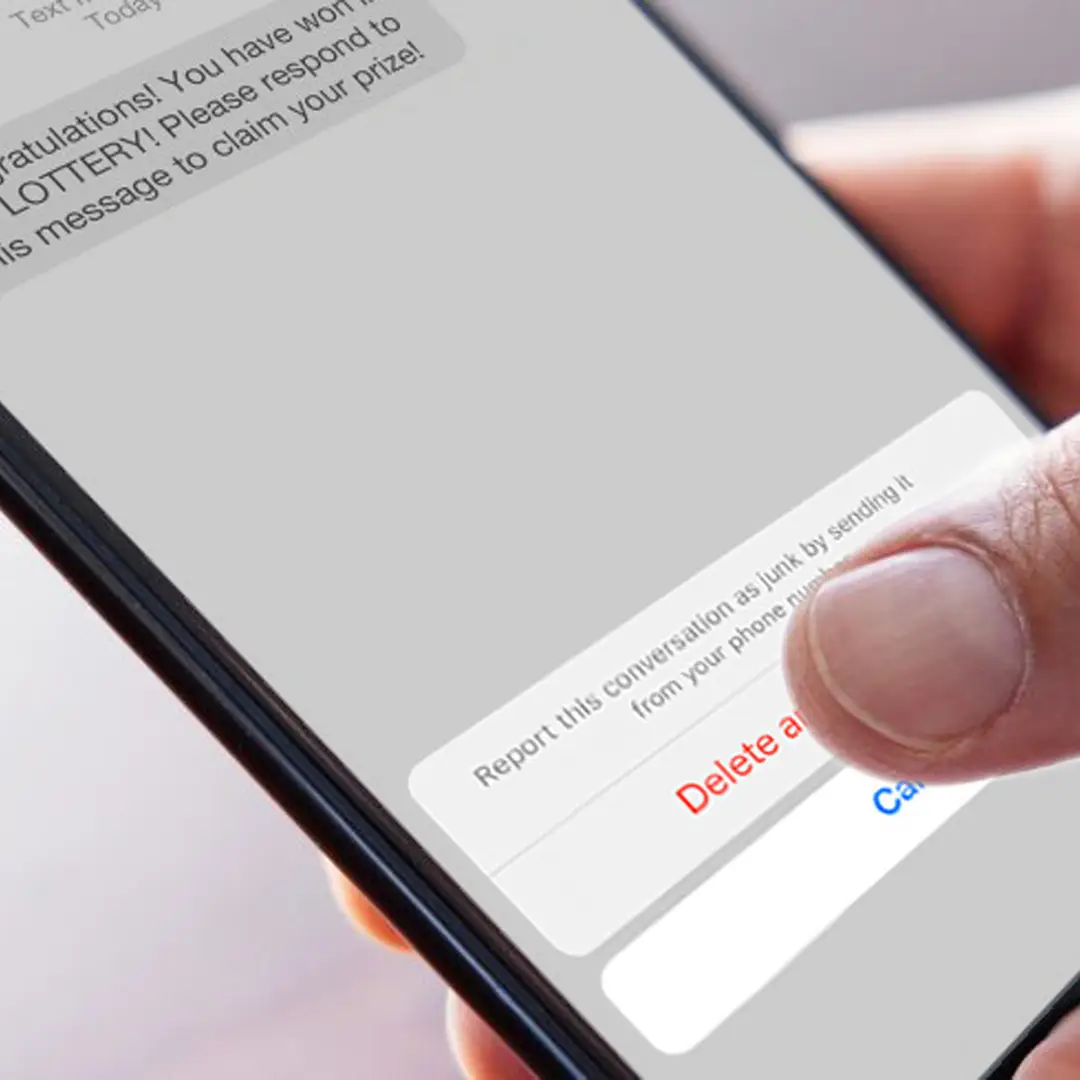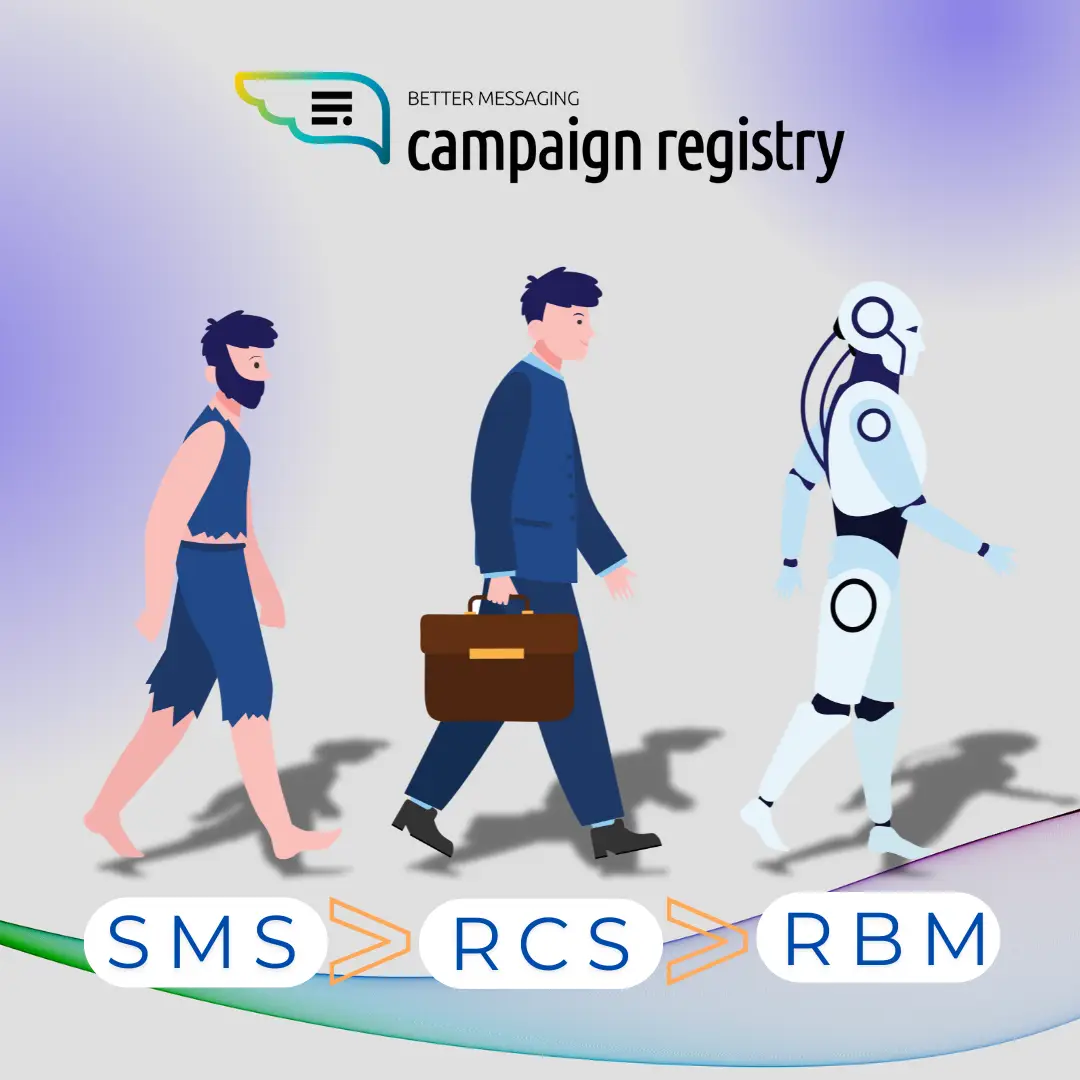In our modern digital era, communication is more convenient and instantaneous than ever. However, this convenience brings its own set of risks. Among the most prevalent threats are SMS scams, which have become increasingly sophisticated over the years. These scams aim to deceive individuals into revealing personal information, making payments, or downloading malicious software. Understanding how these scams have evolved and learning how to avoid them is essential for staying safe in our interconnected world.
One very effective measure to combat SMS scams is the Campaign Registry, which helps verify legitimate messaging campaigns and filters out potential scams. However, relying solely on such measures is not enough. It’s equally important for individuals to be proactive in protecting themselves by staying informed, exercising caution with unsolicited messages, and using robust security practices. By combining these strategies, we can significantly reduce the risk of falling victim to SMS scams.
The Evolution of SMS Scams
Early Phishing Scams
The earliest SMS scams were straightforward phishing attempts. Scammers would send messages posing as banks or other financial institutions, urging recipients to provide account information due to a supposed security breach. These messages often contained a sense of urgency, pressuring individuals to respond quickly without verifying the authenticity of the message.
Premium Rate Scams
As mobile technology advanced, so did the complexity of scams. Premium rate scams became popular, where scammers would trick individuals into calling premium-rate phone numbers or subscribing to expensive text services. The victims would only realize the scam when they received exorbitant phone bills.
Malware Distribution
With the rise of smartphones, scammers started leveraging SMS to distribute malware. These messages often contained links to malicious websites or apps. Once clicked, these links would download malware onto the user’s device, allowing scammers to steal personal information, track activities, or even control the device remotely.
Smishing
Smishing, a blend of SMS and phishing, involves sending messages that appear to be from legitimate sources like banks, government agencies, or well-known companies. These messages often contain links to fake websites designed to steal personal and financial information. Unlike early phishing attempts, smishing messages are more sophisticated and can be difficult to distinguish from legitimate communications.
Social Engineering Scams
Social engineering scams have become increasingly sophisticated, exploiting human psychology to deceive victims. These scams might involve messages that play on emotions, such as fear or excitement, to prompt immediate action. For instance, messages claiming that the recipient has won a prize or that their loved ones are in danger are common tactics used by scammers.
Common Types of SMS Scams
Bank Scams
Scammers impersonate banks, sending messages that claim there is an issue with the recipient’s account. They often include a link to a fake website that looks identical to the bank’s official site, where victims are asked to enter their login details.
Package Delivery Scams
With the rise of online shopping, package delivery scams have become common. Scammers send messages pretending to be from courier companies, claiming that there is a problem with a delivery. These messages usually include a link to track the package, which leads to a phishing site or downloads malware.
Tax Scams
During tax season, scammers impersonate tax authorities, sending messages about supposed tax refunds or issues with tax filings. These messages typically ask for personal information or direct recipients to phishing websites.
Job Offer Scams
Scammers exploit job seekers by sending messages about fake job offers. These messages often ask for personal information, such as social security numbers or bank details, under the guise of setting up direct deposit for paychecks.
Best Ways to Avoid SMS Scams
Be Skeptical
Always be skeptical of unsolicited messages, especially those that ask for personal information or urge immediate action. Legitimate companies and institutions will rarely ask for sensitive information via SMS.
Verify the Source
If you receive a suspicious message, verify its legitimacy by contacting the company or institution directly using official contact information. Do not use contact details provided in the suspicious message.
Avoid Clicking Links
Avoid clicking on links in unsolicited messages. Instead, navigate to the official website by typing the URL directly into your browser or using a bookmark you know is safe.
Use Security Software
Install and regularly update security software on your smartphone. This can help detect and block malicious links and apps.
Report Scams
Report any suspicious messages to your mobile carrier and the appropriate authorities. Many carriers offer services to report spam and phishing messages.
Enable Two-Factor Authentication
Whenever possible, enable two-factor authentication (2FA) for your accounts. This adds an extra layer of security, making it harder for scammers to gain access to your information even if they obtain your login details.
Educate Yourself
Stay informed about the latest scams and tactics used by scammers. The more you know, the better equipped you’ll be to recognize and avoid scams.
Conclusion
The evolution of SMS scams highlights the increasing sophistication of cybercriminals and the importance of staying vigilant. By understanding the different types of SMS scams and adopting best practices to avoid them, you can protect yourself and your personal information from falling into the wrong hands. Stay informed, stay skeptical, and stay safe.














